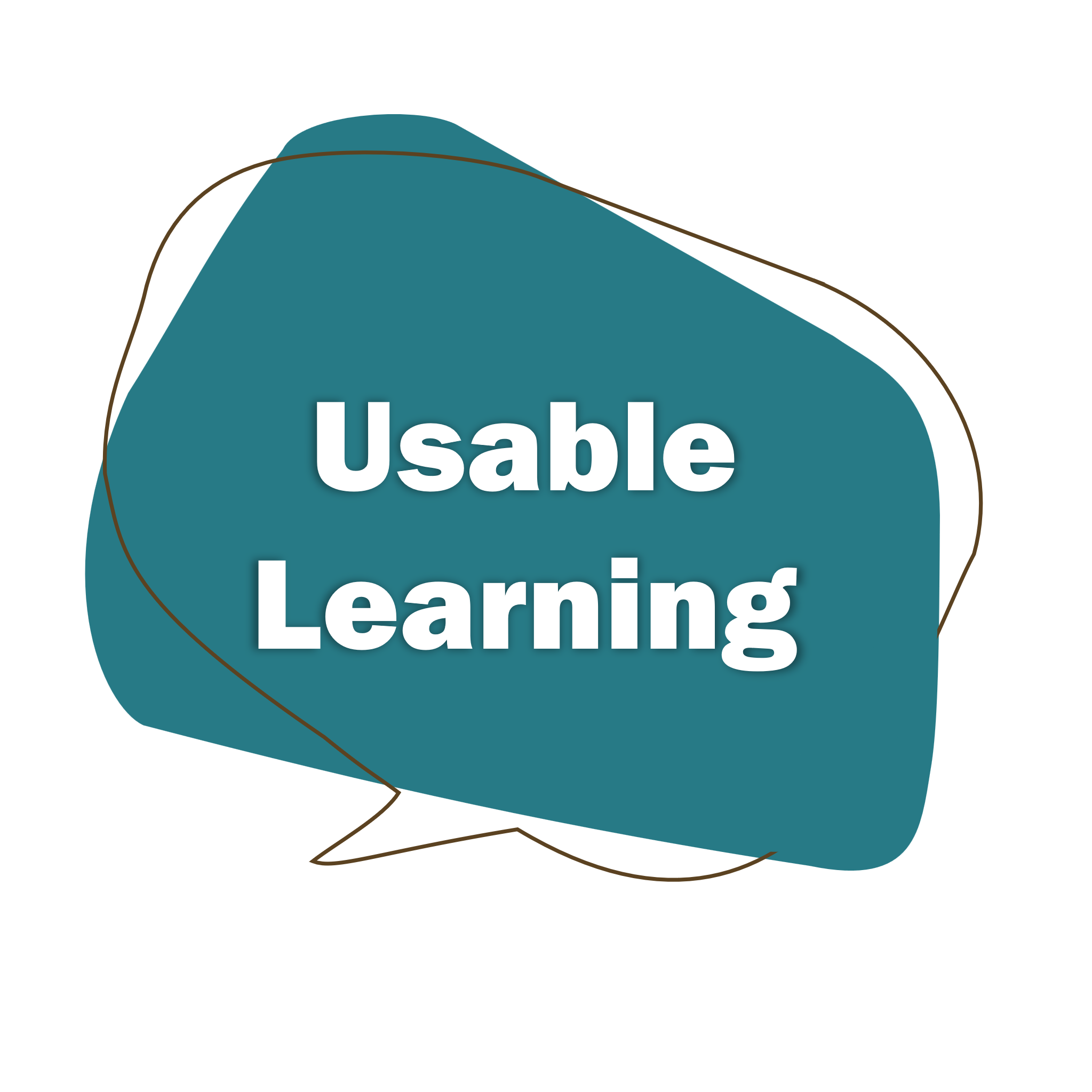Participatory Learning
So, I was reminded of Nina Simon, and her book — The Participatory Museum — this morning. She’s gone on to deal with bigger issues of community inclusion and relevance, but her first book is about how do you make museums less of a viewing experience and more of a participatory experience. This may sound … Read more
